Shopper Missions
Unilever research to find the “perfect store” layout for convenience stores shows that if you’re cramming your store with products and crowding your windows with promotional activity, you’re going wrong…
Mission Possible, or impossible?
Unilever Category Director, Kat Simpson comments…
“Your customers are on a mission, so don’t make it Mission Impossible!“
“Many c-stores base store layout on pragmatism and operational functions. Usually they put the chilled cabinets on the perimeter of the store or alcohol within the viewpoint of the till because of licensing laws.”
“However, the key to satisfying customers and maximising sales is fulfilling the reason they come into the store quickly and easily. The convenience store has the potential to be a local hero if it offers a one-stop shopping solution.“
But convenience stores can be really small, so how do you fulfil shoppers’ needs in such a tight environment?
Focus on the shopper missions
Re-plotting layout according to customer needs or “shopper mission” is more productive than just laying out the store by traditional categories. However category management and shopper missions do go hand in hand.
Category management is about having the right product on the shelf to meet your customers’ needs and merchandising it effectively. Fulfilling shopper missions is about putting the products that people buy together next to each other in the store to makes the shopping trip quicker and easy – key needs for c-store shoppers.
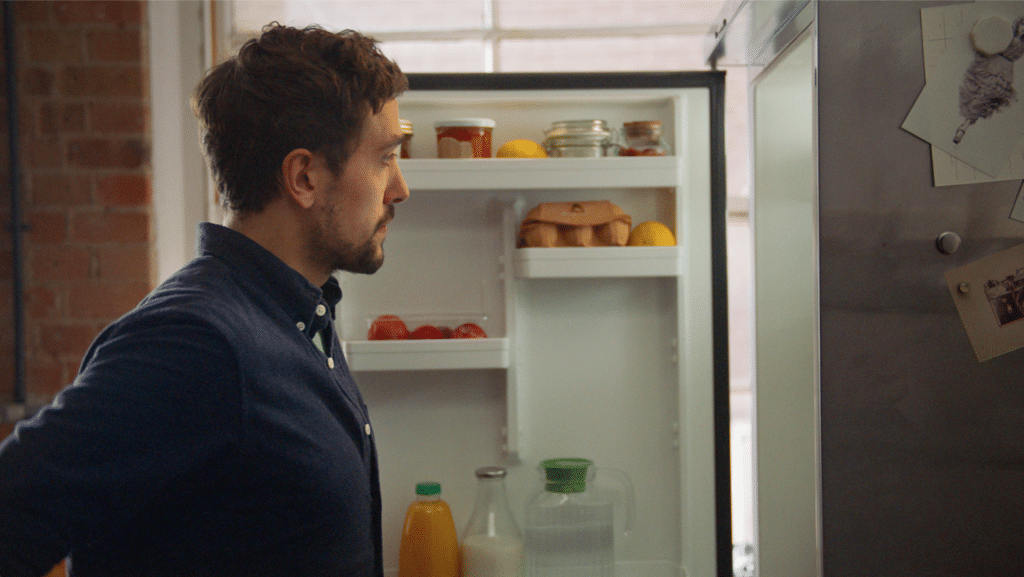
Identifying missions
Unilever’s pioneering shopper research into shopping missions, which included the ‘bits and bobs’ outside the core regular shop, led it to work with United Co-operatives on a three-year pilot to devise the perfect store layout to match customer needs, expectations and behaviour.
Unilever identified the shoppers’ missions, in order of popularity, as:
- Top up
- Food for Now (sandwiches, drinks and crisps)
- Need it Now (distress items)
- Newsagent (including newspapers and cigarettes)
- Meal for Tonight
Unfortunately, its research also found that the layout of an average convenience store didn’t reflect shoppers’ needs and behaviours for these missions.
Kat Simpson commented, “it’s very important to identify which customer missions your store should be focusing on. A portfolio of stores can be very different. With generally transient stores, for example, food for now and meal for tonight are key, whereas in neighbourhood locations people are generally topping up
"It's very important to identify which customer missions your store should be focusing on..."
Kat Simpson,
Unilever Category Director
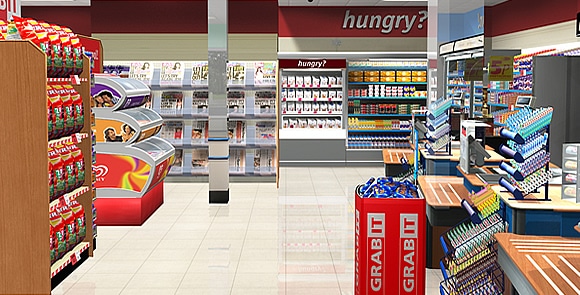
The perfect store layout
The redesigned pilot c-store was tailored to customers’ needs and the layout changed dramatically, with products grouped by shopping mission.
For instance, only 6% of shoppers were using the Food for Now category when the crisps were at the back of the store. But when hot food, sandwiches, snacks, hot and cold drinks, confectionery and crisps for customers were all grouped together, this improved. Meanwhile, putting Top Up categories together meant customers on a ‘Need it Now’, or ‘distress’ mission topped up with other goods.
Baskets were positioned around the store – especially in the Top Up area – and were colour-coded so that the retailer could see which part of the store they had started from. As a result of the changes, average weekly sales increased by 10% compared with a rate of 5.6% at other redeveloped control stores, not using the perfect store layout. Moreover, shoppers said the store was “more logical” to shop, with a more natural flow and that it was easier to find the items they were looking for as they were to hand.
Understanding the ‘missions’ in your store
A retailer needs to make the store talk the dominant mission to help shoppers understand that mission – for example if the store is in a busy worker area of London like the city, the retailer should allocate maximum range and space to food for now and meal for tonight. To understand what the ‘missions’ are driving people into your store it is important to either talk to your customers, or undertake some kind of survey.
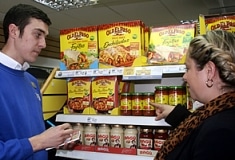
The Perfect Store
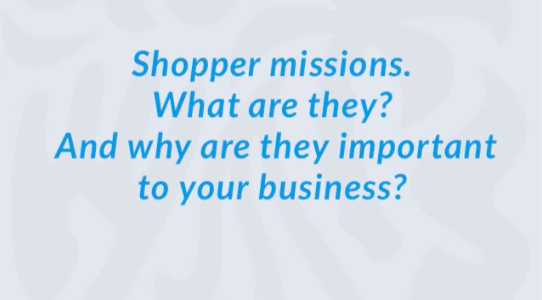
Convenience retailers know that making the most of their store means understanding what their customers want from it. The better you do this, the more profitable and successful your business will be.
Store Layout
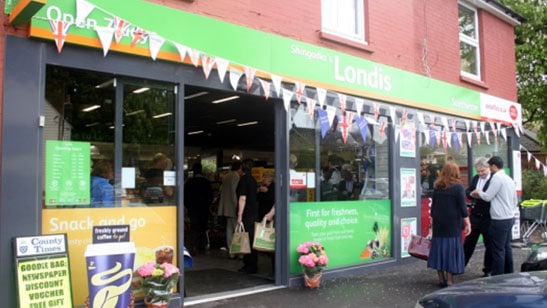
Follow Ramesh Shingadia on his journey to refit his convenience store!
Londis retailer Ramesh Shingadia of Southwater, West Sussex, one of Partners for Growth’s Retailer Advisory Panel, officially unveiled his new look store on Saturday 26 April 2014.
